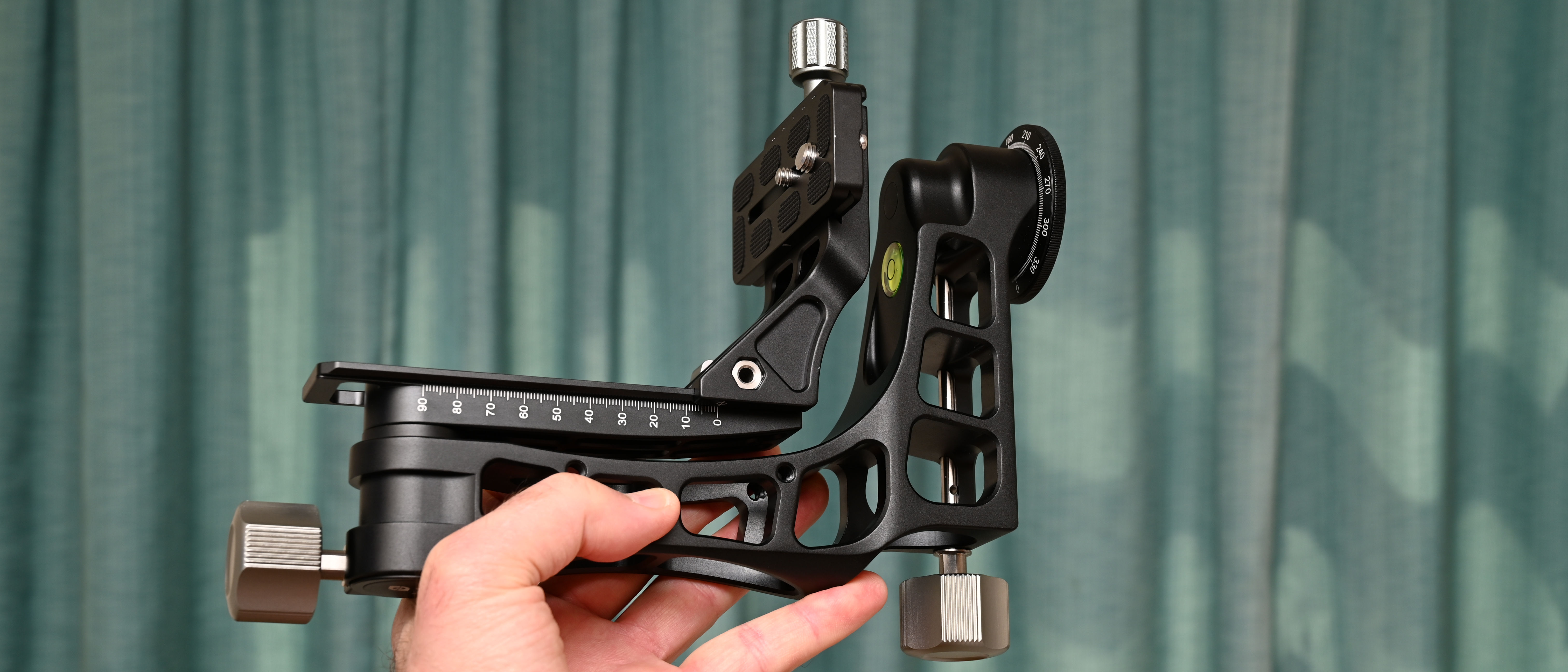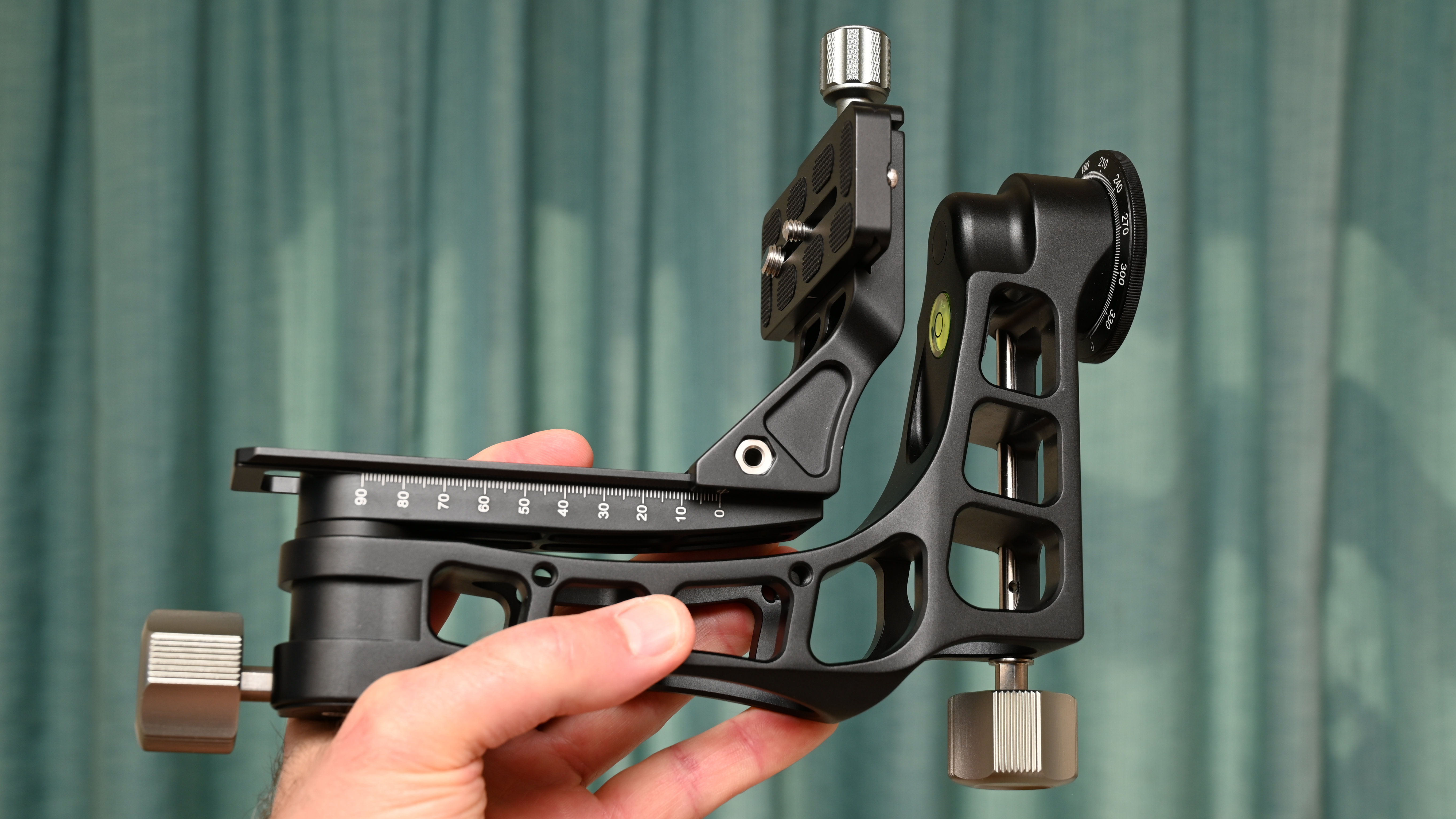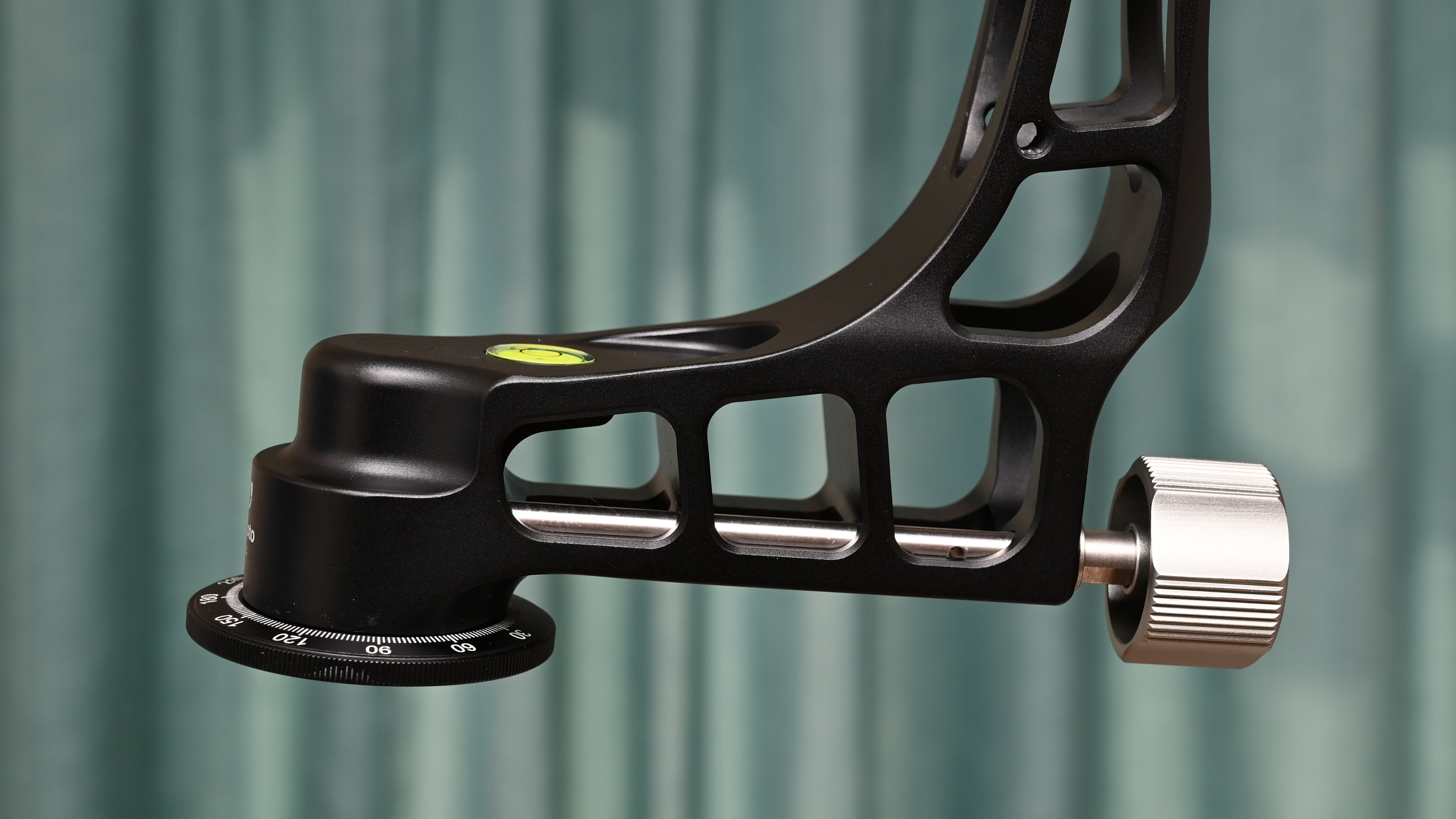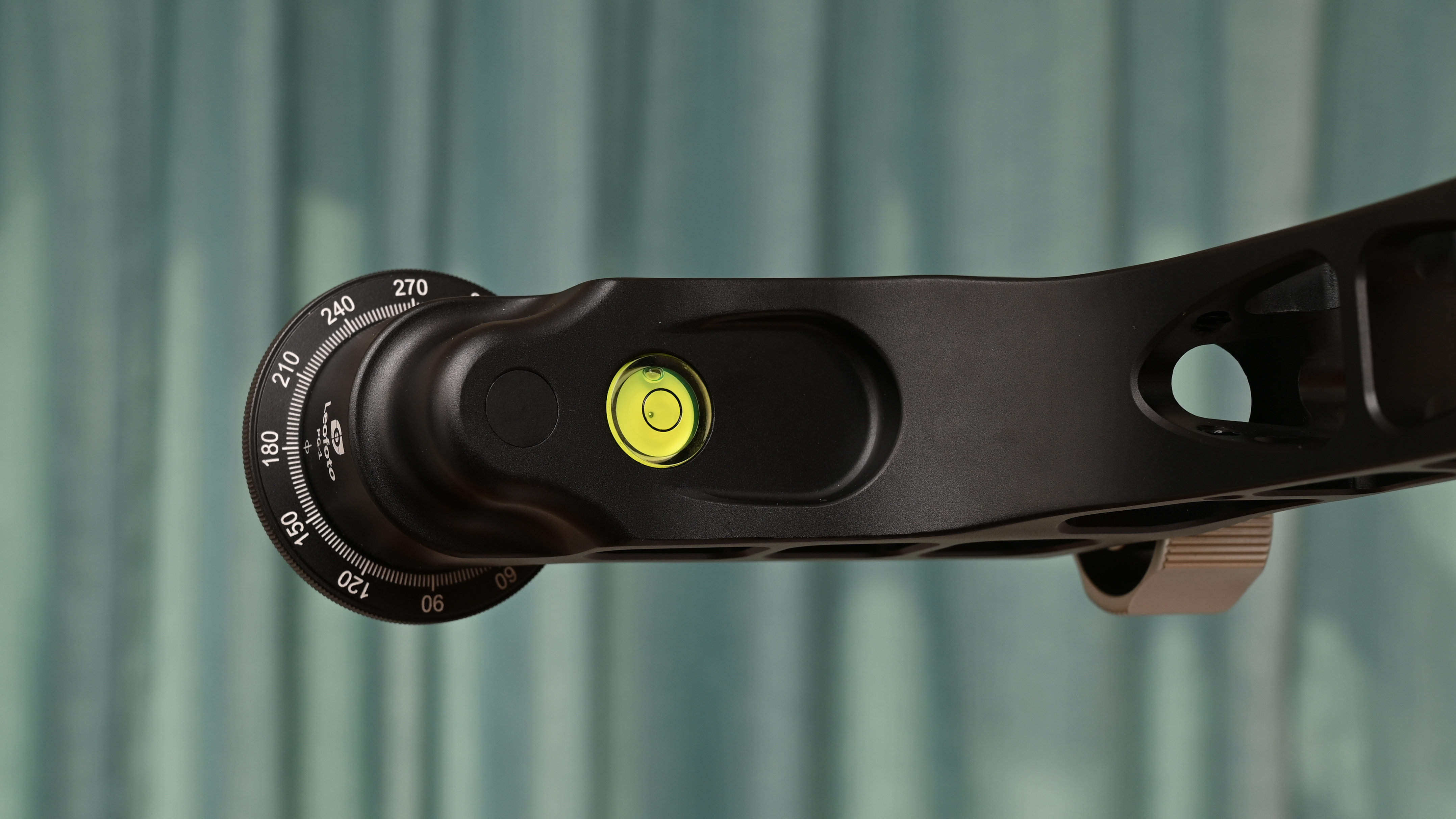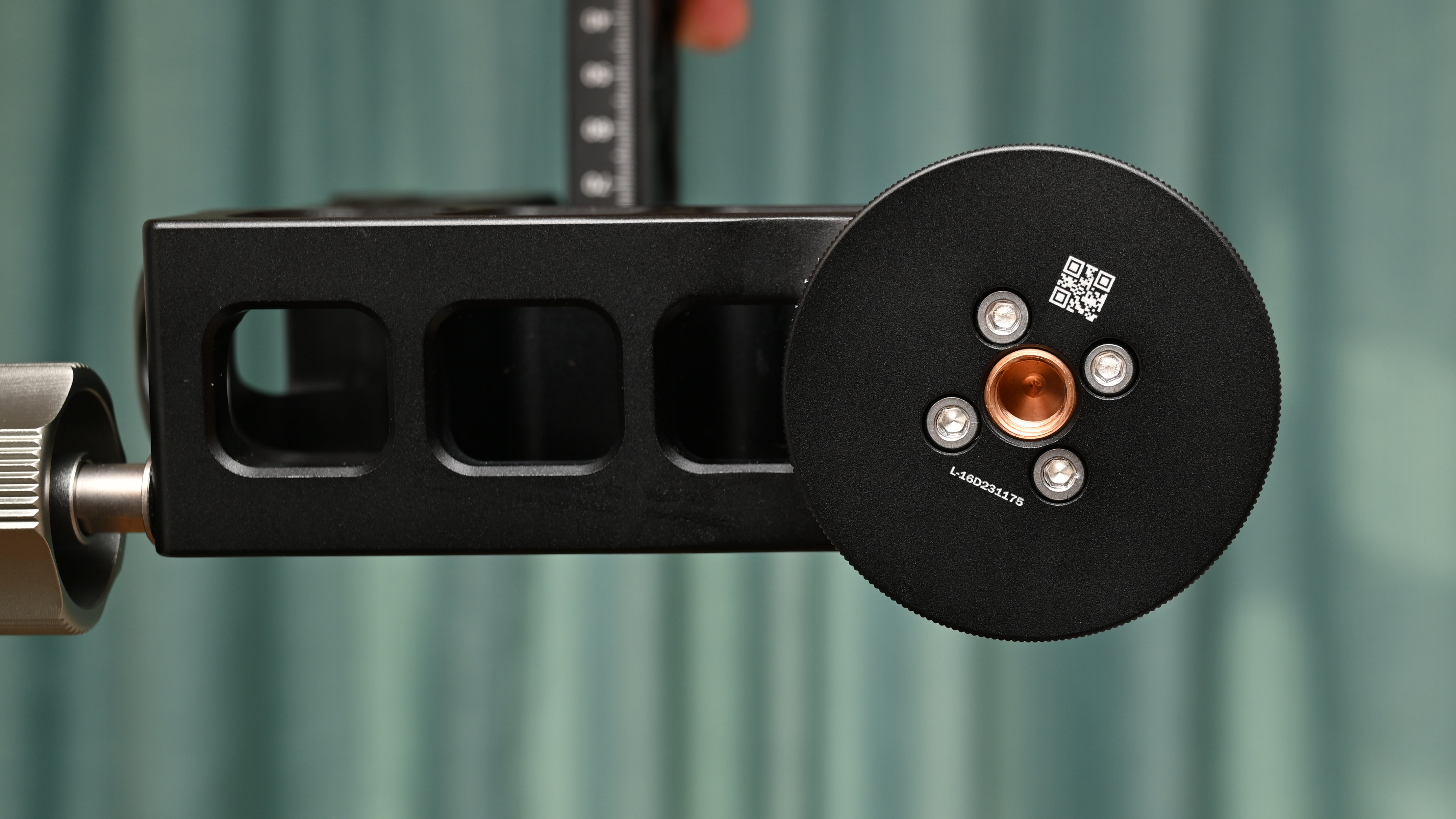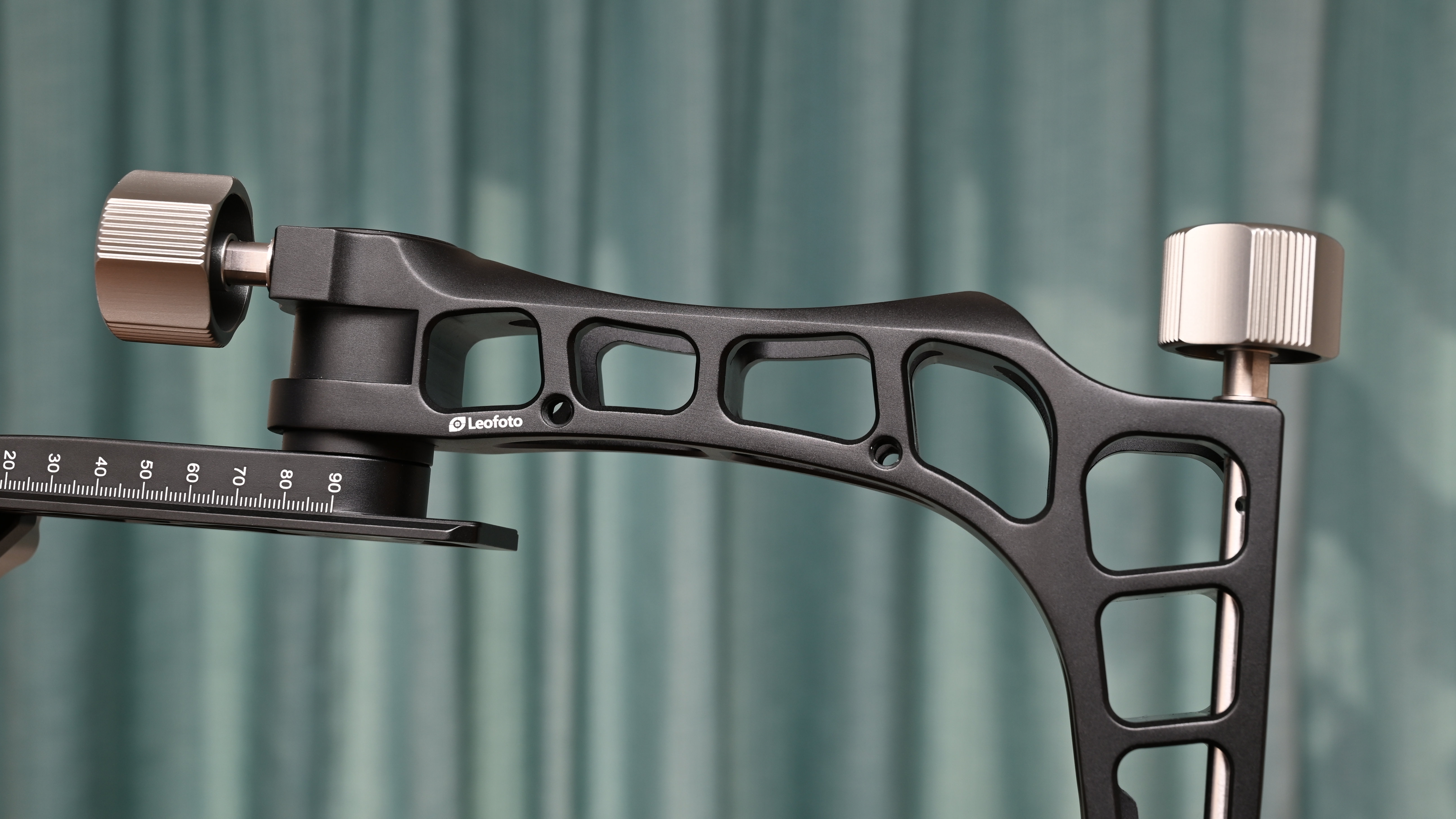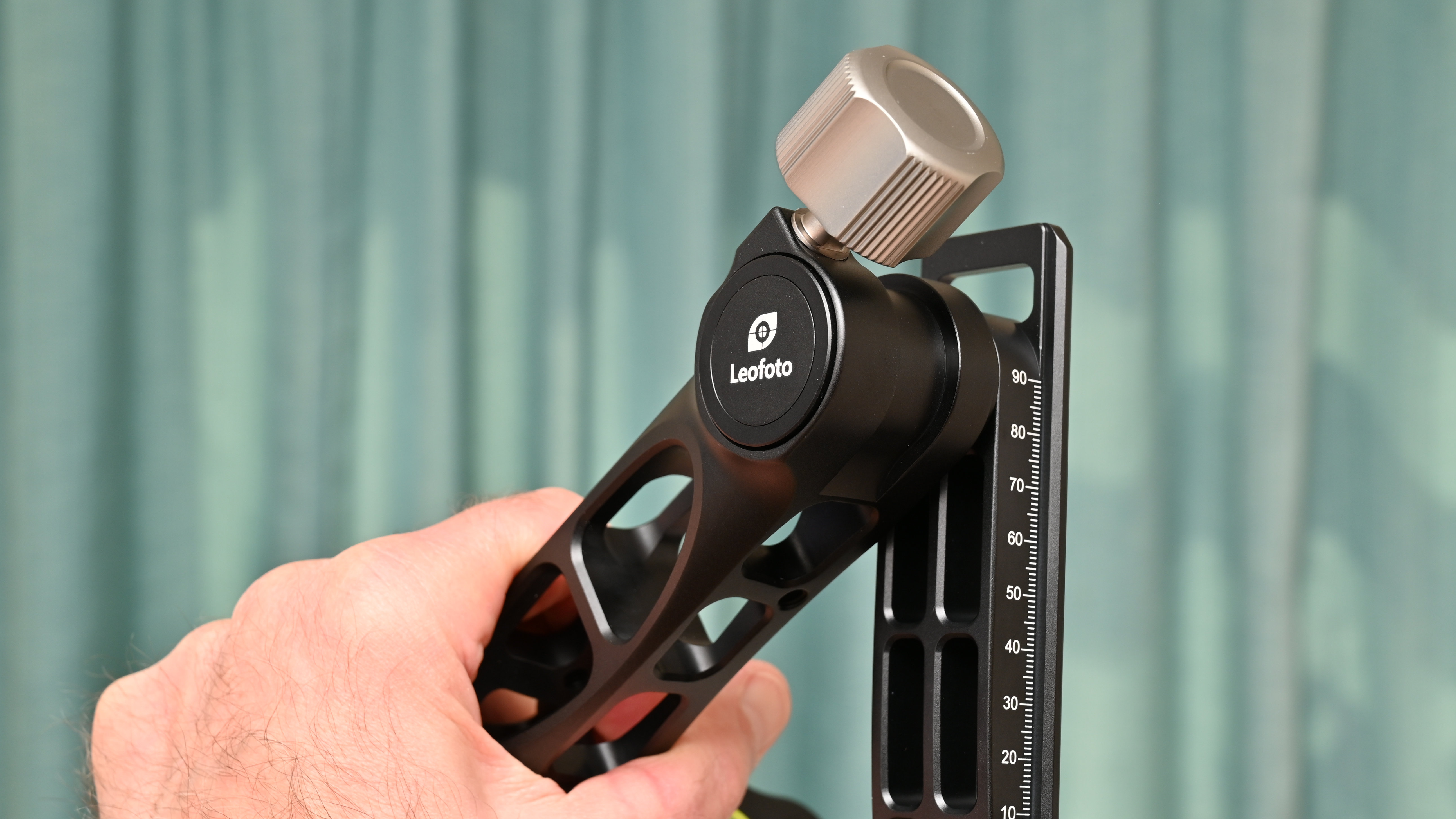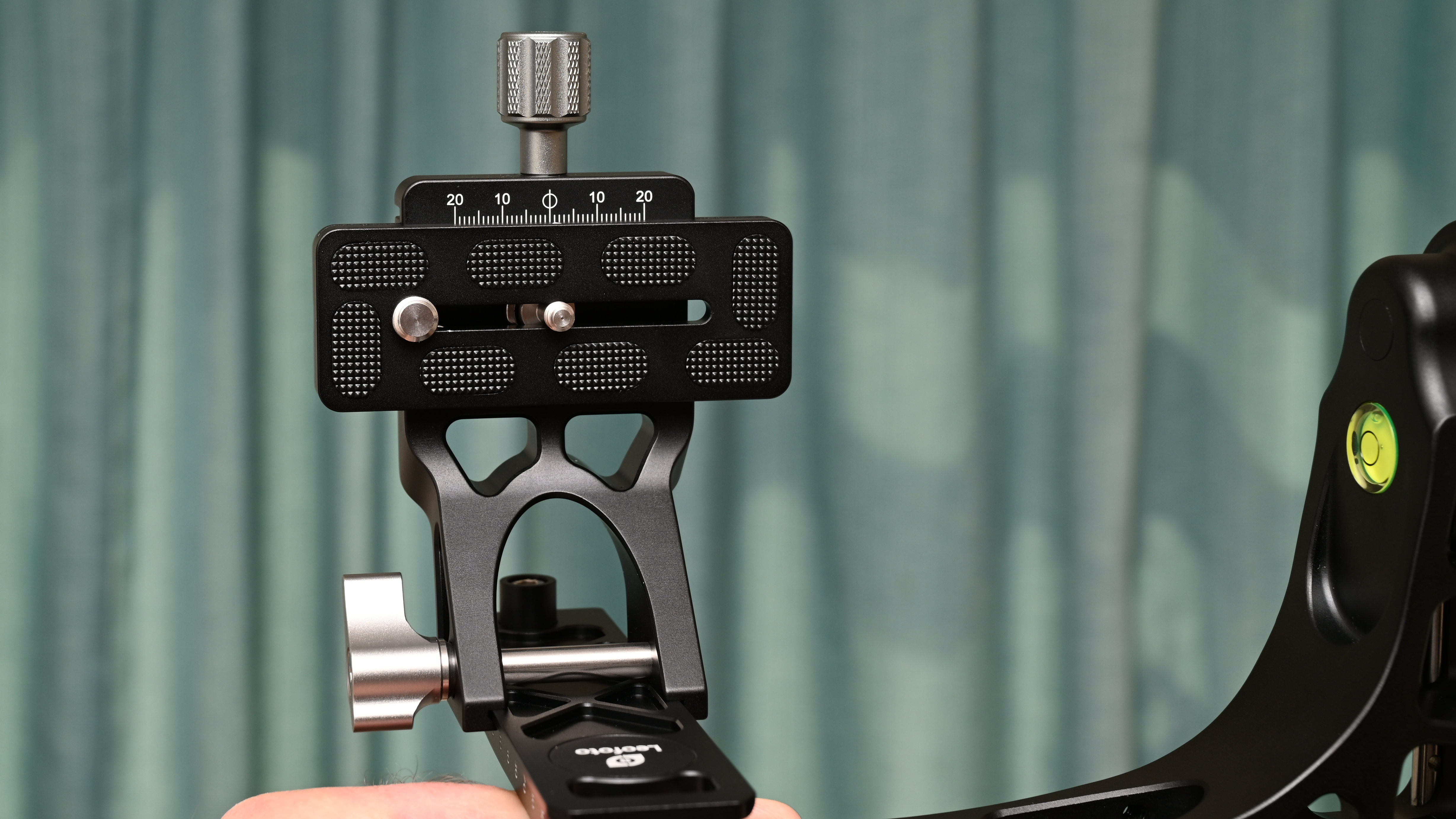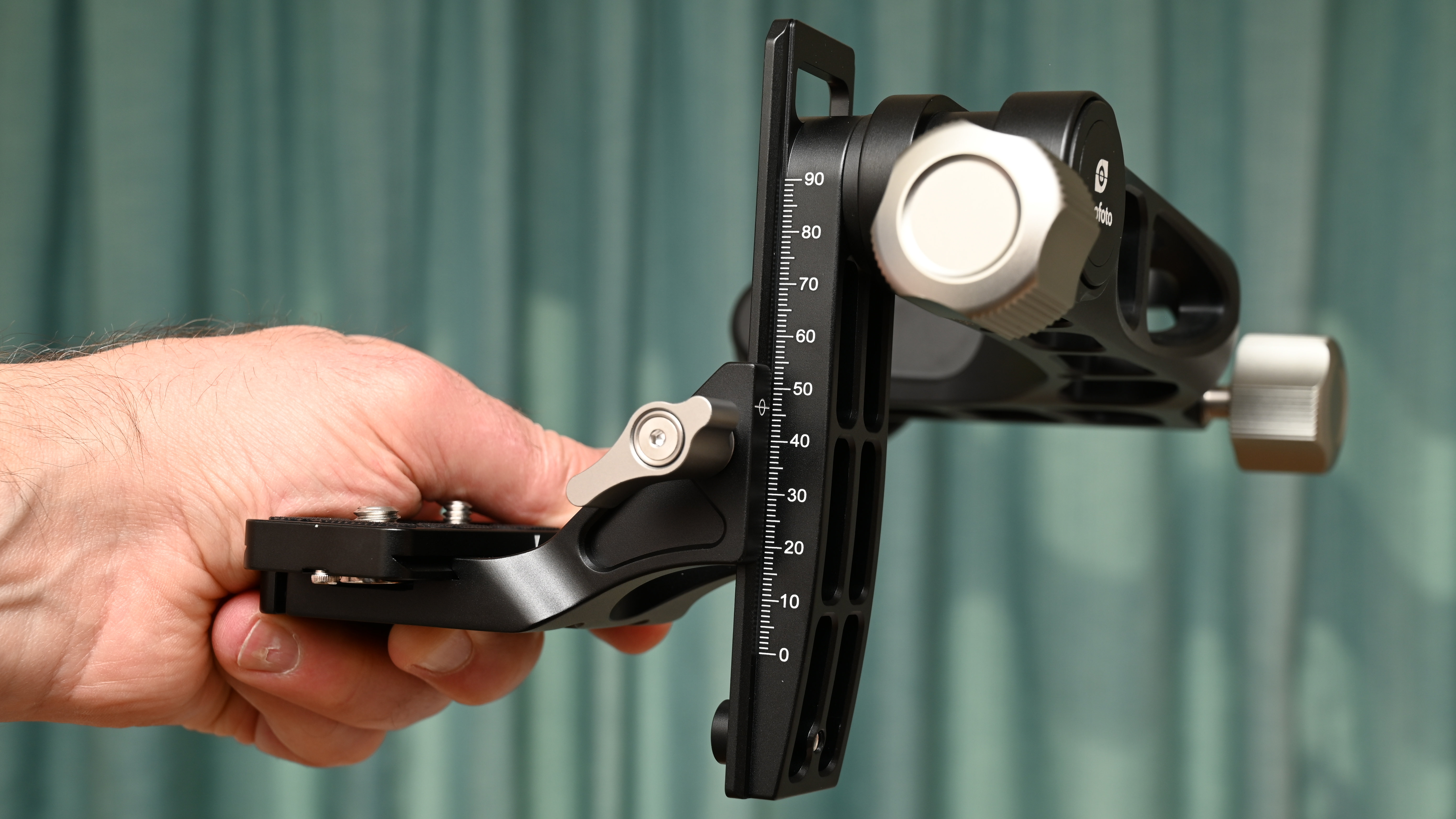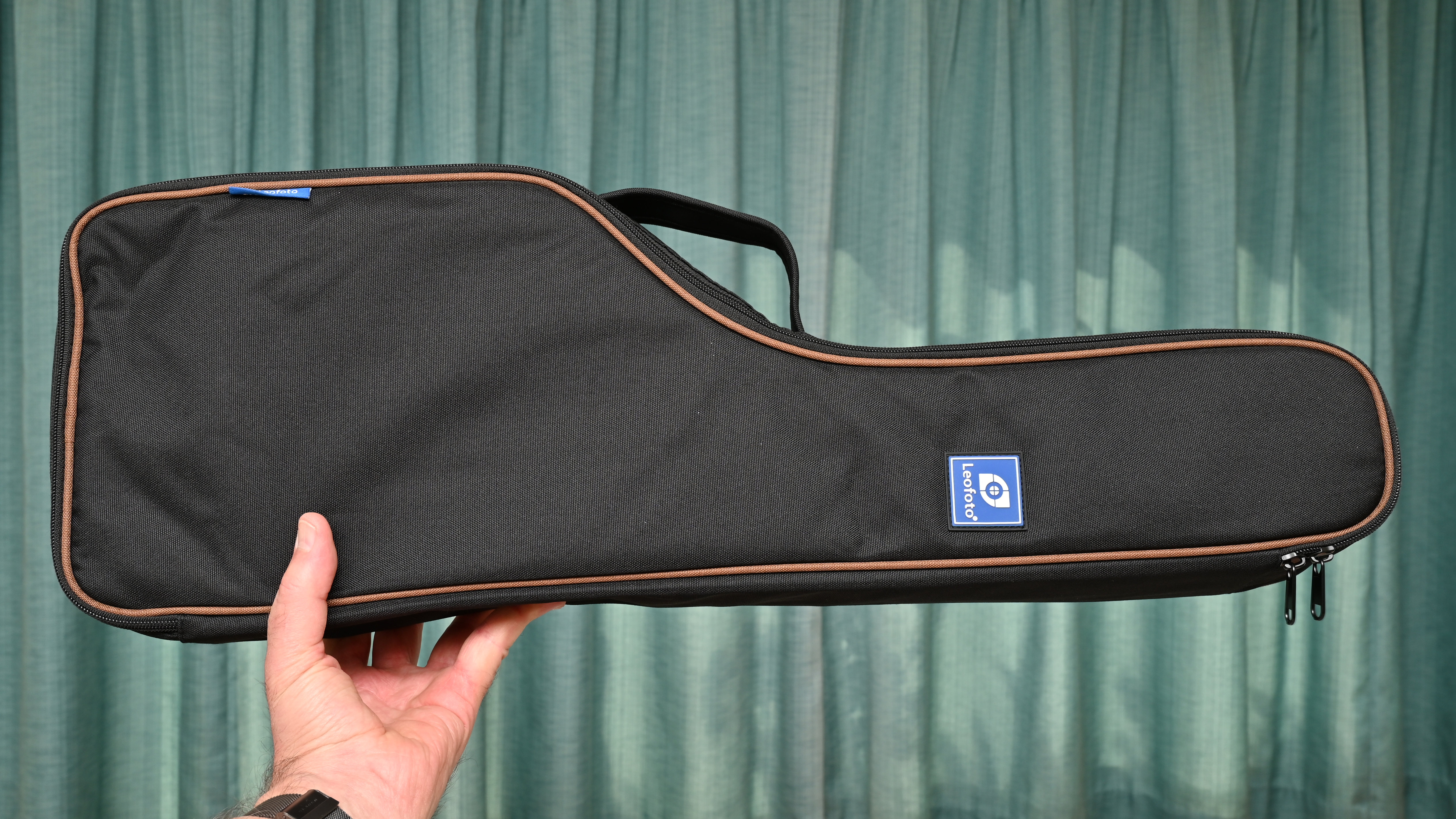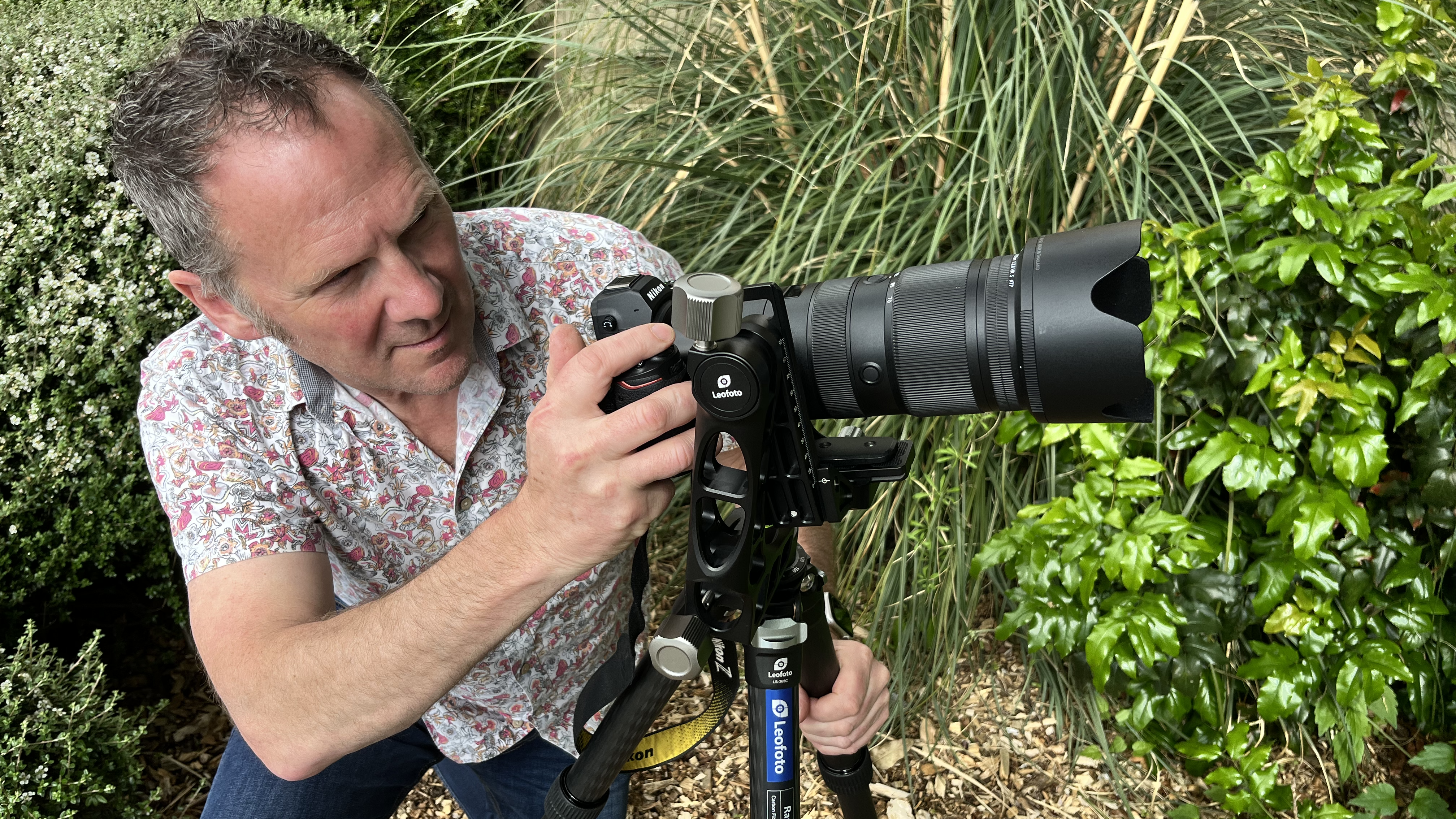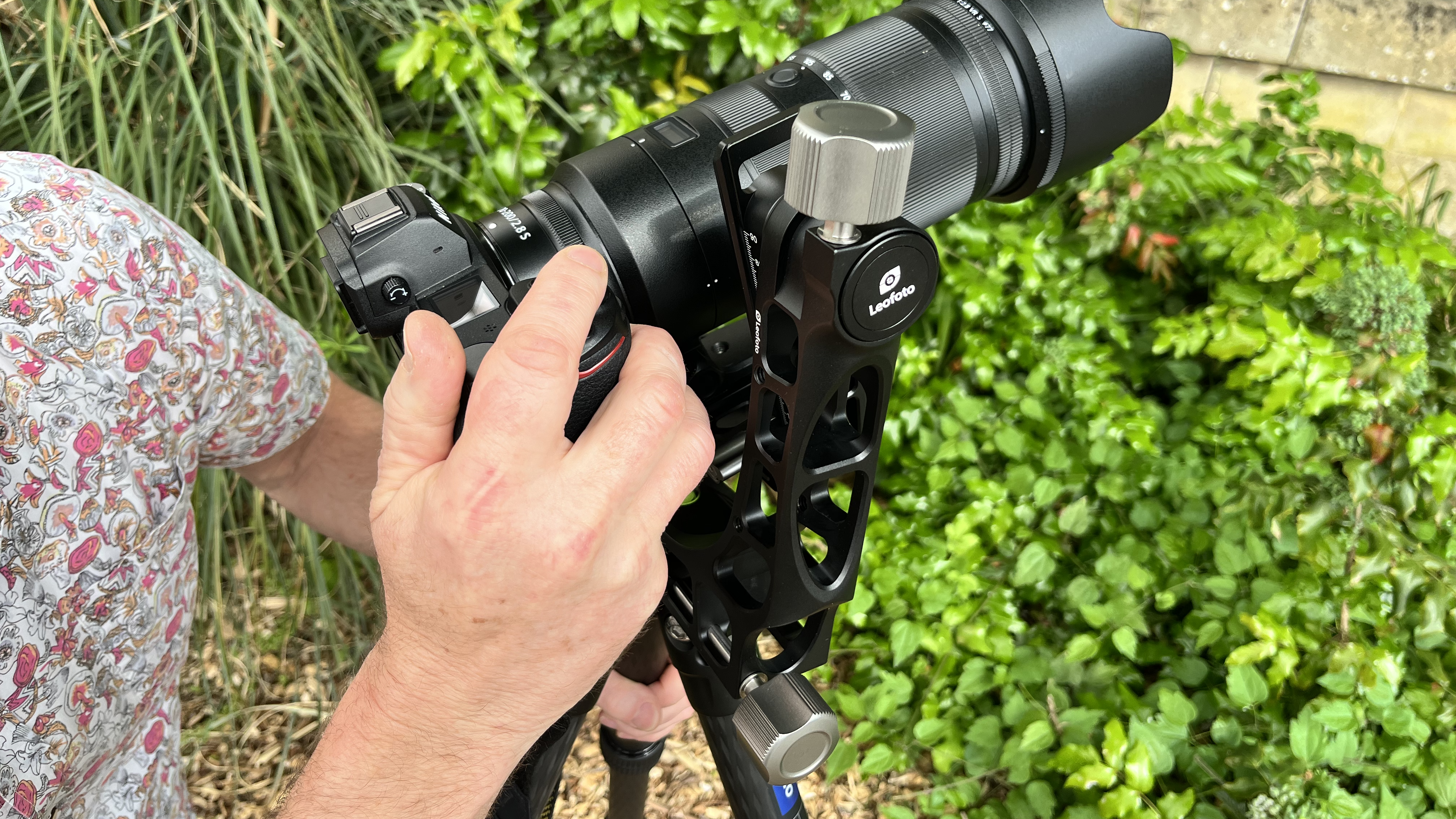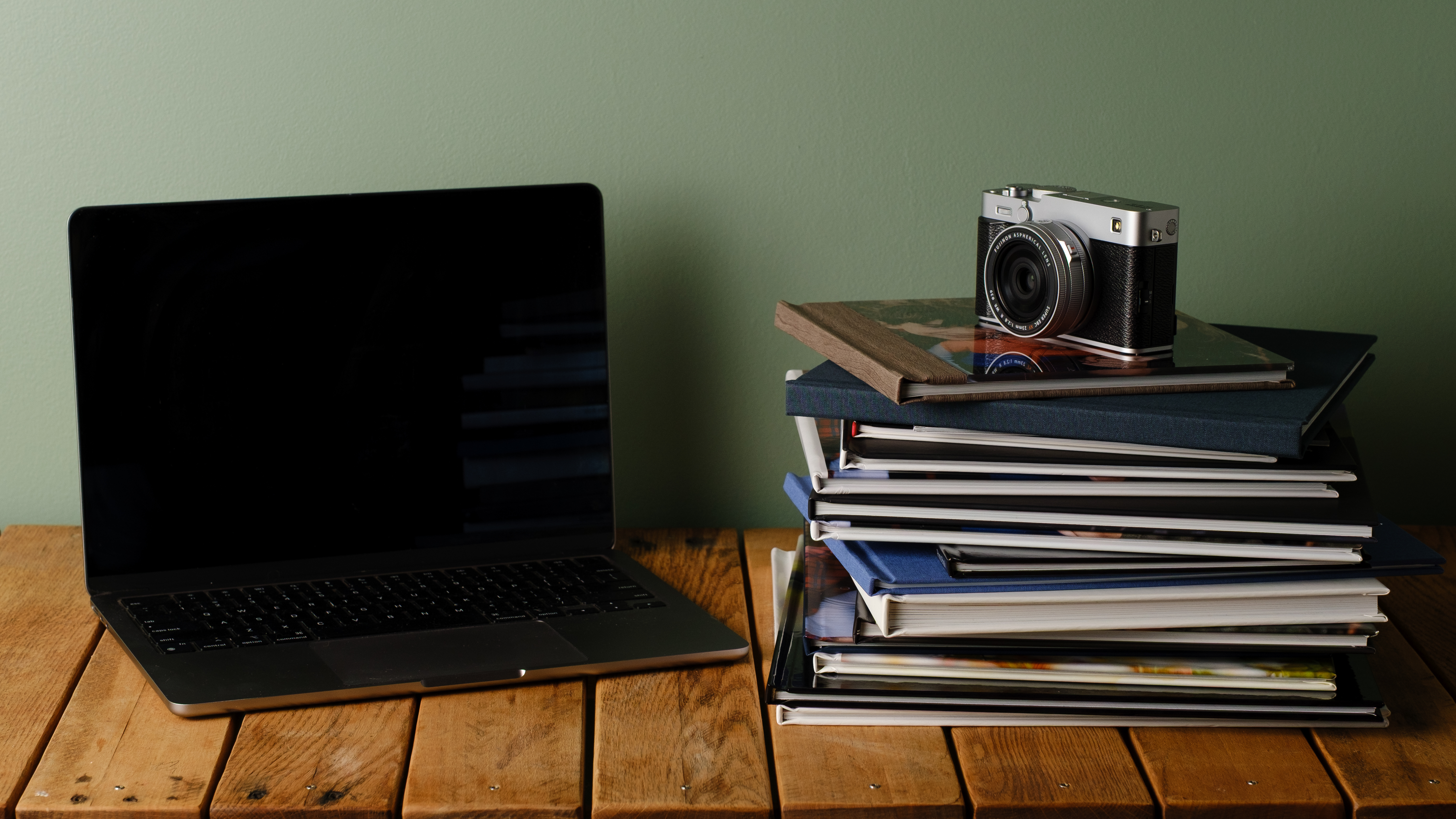Digital Camera World Verdict
Gimbal heads can be pricey and the Leofoto PG-1 Gimbal Head is no exception. Even so, I feel the clever design that’s brilliantly implemented with precision engineering makes it well worth the money. It’s superb for sports and wildlife photography, and any time I need to track some action.
Pros
- +
Free and easy movement
- +
Full-360-degree rotation
- +
Strong and rigid but lightweight
Cons
- -
Expensive to buy
Why you can trust Digital Camera World
Think tripods and you’re probably thinking about rigid, inflexible supports that keep your camera solidly locked in place with no unwanted movement. That’s usually the idea but it’s not always the case. What if you’re tracking fast-moving subjects that might well be moving up and down as well as to the left and right, and in pretty much any other direction that takes their fancy. Likely scenarios include birds in flight, air shows, animals that like to run and jump and various types of sporty humans, including those on the likes of motocross and BMX bikes.
Naturally, you could track the action with handheld shooting but if you’re using a big and (more importantly) heavy telephoto lens, you could well find yourself worn out sooner rather than later. That’s where a gimbal head comes in. It supports the weight of your camera and lens combo, making it essentially weightless with a maintained center of gravity while tilting and panning, along with a full and free range of friction-free movement.
The Leofoto PG-1 Gimbal Head that I’m reviewing here is a classic example of the breed. It’s made by a Chinese company that specialize in high-end and fully professional photographic tripods and supports, and is definitely one of the best gimbal heads on the market.
Leofoto PG-1 Gimbal Head: Specifications
Material | Aluminum |
Max load | 25kg / 55lb |
Weight | 1kg / 2.2lb |
Height | 255mm / 10" |
Base diameter | 60mm / 2.36" |
QR plate | 100mm Arca-Swiss type |
Leofoto PG-1 Gimbal Head: Price
The Leofoto PG-1 Gimbal Head costs around $458 / £420 / AU$789 to buy, putting it pretty much in the middle of the price band for high-quality gimbal heads that are generally available. In my books, that actually makes it very good value, considering the top-end standard of design, construction and build quality.
Leofoto PG-1 Gimbal Head: Design & Handling
Built on classic gimbal design principles, the PG-1 has an L-shaped profile and panning arm. However, its skeleton build makes it look more unusual than most. It looks even more unusual if you go for the camo option, rather than the plain anodized black edition that I’m reviewing here. The camo version is sure to find favor with bird photographers and wildlife shooters. Either way, it’s based on tough and rigid T6061 aluminum which Leofoto says ‘required the team of engineers to program their CNC machines to their limits’. Why bother? Well, the skeletal design with all of its cutouts enables a relatively lightweight yet strong build. That equates to an easily manageable carrying weight of 1 kg / 2.2lb, yet with a super-heavyweight load rating of 25kg / 55lb.
The base section of the main L-shaped supporting bracket rests on a rotary panning plate. This is clearly marked in major intervals of 30 degrees, with incremental 2-degree lines, throughout its full 360 degrees of rotation. The lock-release clamp is an impeccably engineered knob at the rear of the base plate, which is sufficiently large to be operated even if you’re wearing a thick pair of gloves.
The upper surface of the base plate features a bubble level, which helps with quickly and easily leveling the tripod legs. That can be an important consideration if your horizon is likely to feature while you’re panning and shooting sills or video. Unless the tripod legs are leveled, your horizon will tend to go on the slant as you’re panning, even if it started off perfectly level.
The best camera deals, reviews, product advice, and unmissable photography news, direct to your inbox!
Underneath, the bottom section, the circular mounting plate has a 60mm / 2.36" diameter. That should prove ideal for use with most tripods that have a similarly hefty maximum load rating. As I’d expect, it’s also a perfect fit for Leofoto’s own heavy-duty tripod legs, like the excellent Ranger LS-365C carbon fiber tripod.
Moving on up, the upright section of the main framework continues the skeleton design, as well as delivering a generous overall height of 255mm / 10". Again, there’s a big and purposeful locking knob up on top, matching the one at the base. This time, it’s for forward and backward tilt action. To increase versatility, the upright section of the frame features four 1/4” threaded holes, two on each side, for attaching other accessories or items like a mobile phone bracket.
Good gimbal action is all about maintaining a sense of balance. First up, you need to attach your camera, typically via the tripod mounting collar on a telephoto lens, to the cradle. In this case, attachment is via a long 100mm Arca-Swiss type quick-release plate. The plate has a marker for positional reference, that lines up with a calibrated scale on the cradle, marked off in a +/-20mm length in 1mm increments. The long travel enables you to ensure that the camera and lens are positioned with a perfect center of gravity, neither tilting forwards nor backwards when released.
The final step in balancing the camera is making the height adjustment. Like all top-flight gimbals, the PG-1 has a generous range of height adjustment for the cradle. The range actually stretches through 90mm and, again, has a calibrated scale marked in single millimeters. The idea is to adjust the height so that the central cross-section of the lens is exactly on the same level as the tilting pivot of the gimbal arm. The locking/release lever for making this adjustment is large and comfortable to use, and can be rotated on its shaft so that the protrusions of the lever are at their most convenient orientation.
As I’ve mentioned, the PG-1 is available on its own but you’ll sometimes also see it advertised complete with the Leofoto Ranger LS-365C carbon fiber tripod legs. If you buy the complete kit, a padded carrying bag is also included, and it’s tailored to fit the head and legs. You can also buy the bag separately.
Leofoto PG-1 Gimbal Head: Performance
Whereas tripod performance is usually about rock steadiness, gimbal head performance is all about freedom of movement. Sure, you can lock off the PG-1 so that it maintains its position with excellent rigidity but, more importantly, the friction-free feel of its movement is simply superb.
For both tilting and panning, the latter through a complete 360-degrees, the gimbal feels wonderfully smooth. With the camera and lens correctly adjusted via the QR plate position and the height of the cradle, even big, hefty telephoto lenses with a chunky camera body attached feel weightless and perfectly balanced. Overall, performance is fabulous.
Leofoto PG-1 Gimbal Head: Verdict
To me, the Leofoto PG-1 is as good as it looks, and that’s really saying something. I love the eye-catching skeleton design, not only because it looks great but also because it sheds a lot of unnecessary weight. Even though the frame is largely hollowed out, it’s super-stiff and rigid, and completely impervious to flexing. And most importantly, I love the supreme balance and the effortless, super-smooth range of panning and tilting movement that the gimbal enables. It makes it easy to track even the most erratically moving subjects when using a big and heavy camera and telephoto lens combo, while literally taking a load off.
Features ★★★★★ | It has all the features you need in a top-class gimbal head, and they’re really well implemented. |
Design ★★★★★ | The skeleton design keeps the carrying weight to a minimum but the gimbal still has a mighty payload rating. |
Performance ★★★★★ | Effortless and weightless support of heavy cameras and lenses comes with friction-free tilt and panning. |
Value ★★★★☆ | It’s certainly not the cheapest gimbal head on the market but is very good value, considering the design and performance. |
Matthew Richards is a photographer and journalist who has spent years using and reviewing all manner of photo gear. He is Digital Camera World's principal lens reviewer – and has tested more primes and zooms than most people have had hot dinners!
His expertise with equipment doesn’t end there, though. He is also an encyclopedia when it comes to all manner of cameras, camera holsters and bags, flashguns, tripods and heads, printers, papers and inks, and just about anything imaging-related.
In an earlier life he was a broadcast engineer at the BBC, as well as a former editor of PC Guide.
You must confirm your public display name before commenting
Please logout and then login again, you will then be prompted to enter your display name.
